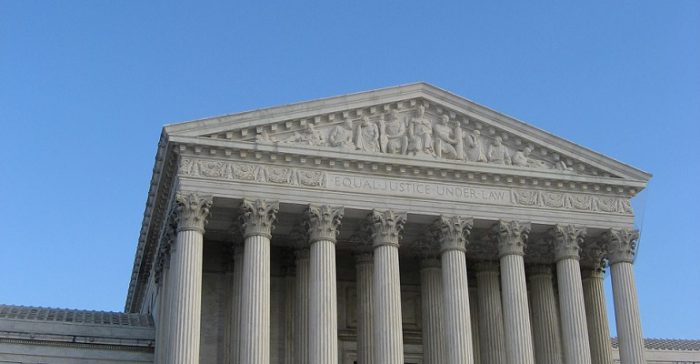Max Twogood, ERS, for Zondits. April 21, 2016. Image credit: zdulli
The number of states suing the Environmental Protection Agency’s (EPA’s) Clean Power Plan (CPP) is now up to 29 in Michigan v. EPA. In February the Supreme Court issued a stay on the CPP, which is an unprecedented ruling for the high court to stay federal regulations. The court can execute a stay to halt a particular proceeding or regulation if the parties affected demonstrate that they would otherwise undergo irreparable harm, which is the claim of the plaintiffs of Michigan v. EPA.
In the United States, businesses rely on the consistency of past legislation in order to plan accordingly. The CPP represents the EPA’s most ambitious attempt to control greenhouse gas emissions under the Clean Air Act. The plaintiffs are arguing that the CPP proposes to reduce greenhouse gases through costly regulations of existing fossil fuel-fired power plants, which are exempt under Section 112 of the Clean Air Act.
The plaintiff’s argument was completely justified until the defendant revealed an editorial mistake that confounds the line between right and wrong. When legislation is passed, both the House and Senate have to submit identical versions of the law, which is approved by the Conference Committee and codified into U.S. Code. In 1990 Congress approved a revision to the Clean Air Act. However, this revision mistakenly included two different amendments. Pursuant to the House version that was codified into U.S. Code, fossil fuel-power plants are part of an exempted pollutant source category (§112). Contradictorily, the non-codified Senate version did not exempt fossil-fuel power plants as an excluded source category in Section 112.
In the face of this controversy, the conversation has shifted from what the law says to which version is legitimate. On one hand, the House version was codified – meaning businesses relied on that publicized version to plan their operations. However, what Congress passed as a whole is ambiguous, and under Chevron Deference, defining statutory ambiguity is deferred to the administering agency – the EPA.
